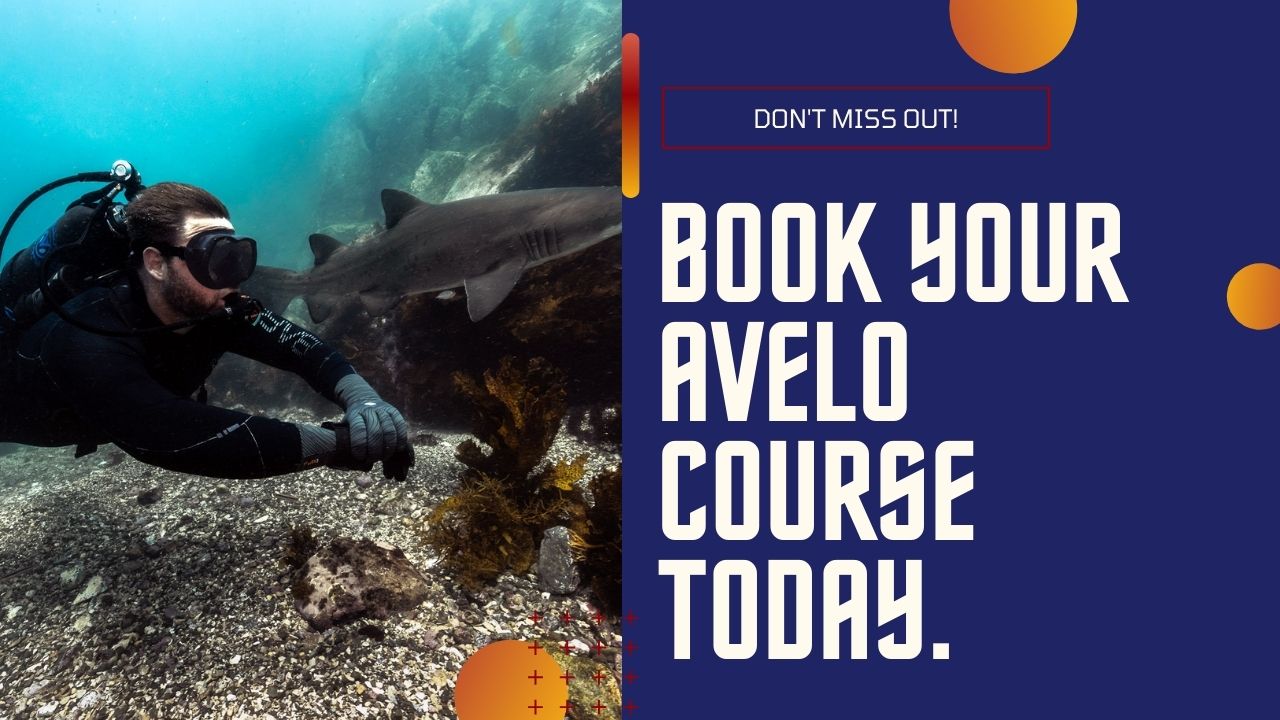You have 0 product(s) in your cart.
Abyss Scuba Diving
Redefining Scuba Diving Safety
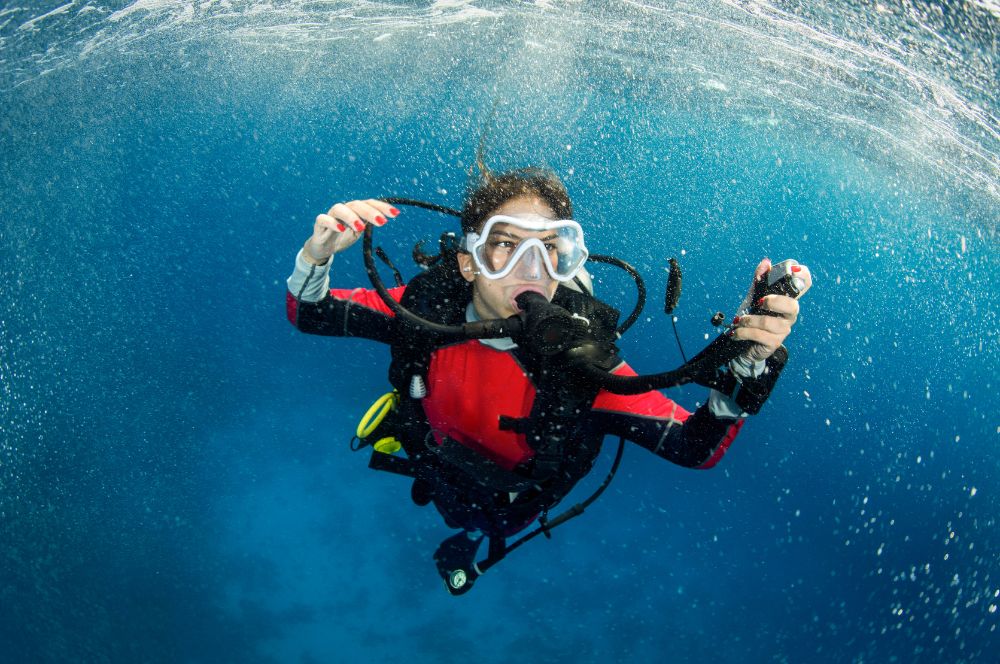
Redefining Scuba Diving Safety: The Avelo System’s Superior Buoyancy Control
Scuba diving is an exhilarating adventure that unveils the captivating beauty of the underwater realm. However, divers often grapple with the delicate art of maintaining precise buoyancy control. Traditional scuba systems have their limitations as the gas volume fluctuates with depth, resulting in unstable buoyancy during ascents and descents in the water. Managing rapid buoyancy changes can also prove to be arduous, and uncontrolled ascents remain a significant cause of diving accidents.
Introducing the Avelo System, a game-changing innovation in scuba diving. This groundbreaking system revolutionizes buoyancy management with its lightweight Hydrotank and Jetpack. It ensures stable neutral buoyancy, eliminates rapid changes, and extends your time underwater. Experience the thrill of diving like never before!
Join us as we embark on an exploration of the magic of the Avelo System. Welcome to a new era of safer and more enjoyable underwater adventures!
The Risks of Uncontrolled Buoyancy
Uncontrolled ascent during a dive is a significant risk factor that can contribute to diving accidents, primarily due to the potential for decompression sickness (DCS) and pulmonary barotrauma.
- Decompression Sickness (DCS): This occurs when a diver ascends too quickly from depth. As a diver descends, the pressure increases, and more inert gases (like nitrogen from the air) dissolve in the body tissues. If the ascent is too rapid, these gases can come out of solution in the form of bubbles before they're safely exhaled. These bubbles can block blood vessels and cause tissue damage, leading to symptoms ranging from joint pain and rashes to paralysis and death.
- Pulmonary Barotrauma: Rapid ascent without exhaling can cause the air in a diver's lungs to expand beyond the lung's capacity, leading to lung over-expansion injuries. This can result in alveolar rupture, where air escapes into the surrounding spaces and blood vessels. The air might then travel to the brain, leading to a stroke or be trapped in the chest, causing a pneumothorax (collapsed lung).
Uncontrolled ascent is a major contributor to diving accidents. It is estimated to be responsible for about 20% of all diving fatalities.
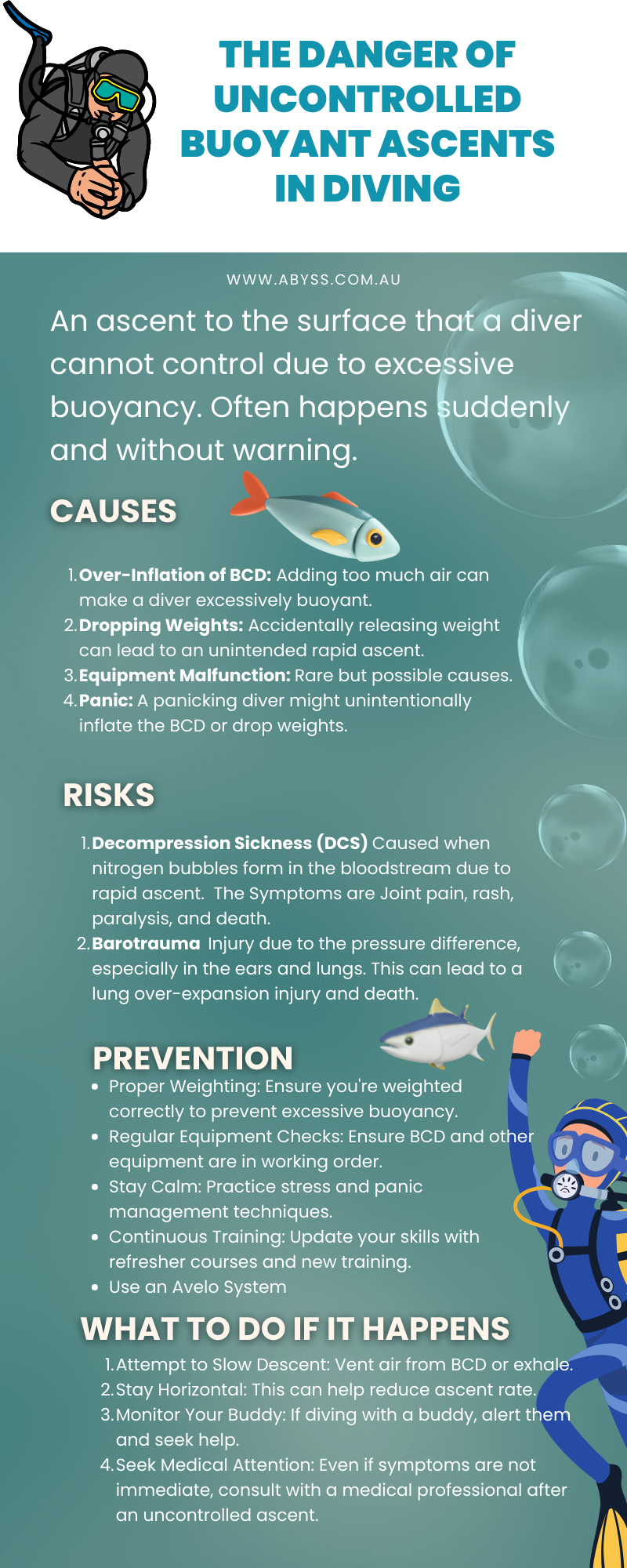
Understanding the Importance of Stable Neutral Buoyancy
Neutral buoyancy is the sweet spot where you're perfectly suspended in the water, able to move with ease and grace. Achieving this balance is crucial for safe diving as it allows effortless depth control and comfortable breathing. Proper buoyancy calibration at the start of your dive sets the baseline for your underwater journey. While traditional scuba diving poses challenges like carrying extra weight and breathing through gas quickly, the game-changing Avelo System can help you achieve stable neutral buoyancy for safe and enjoyable dives.
A Revolutionary Approach to Buoyancy Control
The Avelo System stands out with its exceptional handling of buoyancy changes. Unlike traditional scuba systems, which often experience rapid and unpredictable buoyancy shifts, the Avelo System ensures a gradual and controlled transition. Say goodbye to sudden drops or rises, and bid farewell to struggling against your equipment. With the Avelo System, you can enjoy a smooth and controlled diving experience, fully immersing yourself in exploring the underwater world.
Not only does the Avelo System provide superior buoyancy control, but it also boasts a lightweight design that offers numerous benefits for divers. Imagine experiencing less strain, increased maneuverability, and having more space for your diving gear. Moreover, the lightweight design facilitates easy transportation, enabling you to take the Avelo System on all your diving adventures.
The Avelo System vs. Traditional Scuba Diving
Let's begin by exploring traditional scuba diving methods. These tried-and-true techniques have been in use for nearly six decades and have proven to be reliable. However, they do present their own set of challenges, particularly when it comes to controlling buoyancy. As we mentioned earlier, achieving perfect neutral buoyancy in the water column is unattainable. Uncontrolled buoyancy accents result from buoyancy changes as a diver moves vertically in the water column.
Now, let's turn our attention to the Avelo System. This innovative system takes a different approach to buoyancy control. It allows you to adjust your buoyancy by adding or removing water from the Hydrotank, ensuring slow, gradual, and time-dependent buoyancy changes. This means no more sudden drops or unexpected ascents. Instead, you experience a smooth, controlled dive that lets you explore the underwater world at your own pace.
But what does this mean for your safety? Simply put, the Avelo System significantly reduces the risks associated with rapid buoyancy changes. You're less likely to ascend too quickly or descend too rapidly, reducing the risk of decompression sickness, collisions, and other potentially dangerous situations. Plus, the ease of controlling your buoyancy means you can focus more on your surroundings and less on wrestling with your equipment. That's a win-win if you ask me!
So, there you have it - a comparative analysis of the Avelo System and traditional scuba diving methods. While the latter has its merits and has served us well for many years, it's clear that the Avelo System brings a new level of safety and control to our underwater explorations. It's about time we embraced this revolutionary approach to buoyancy control.
Understanding the Science Behind the Avelo System
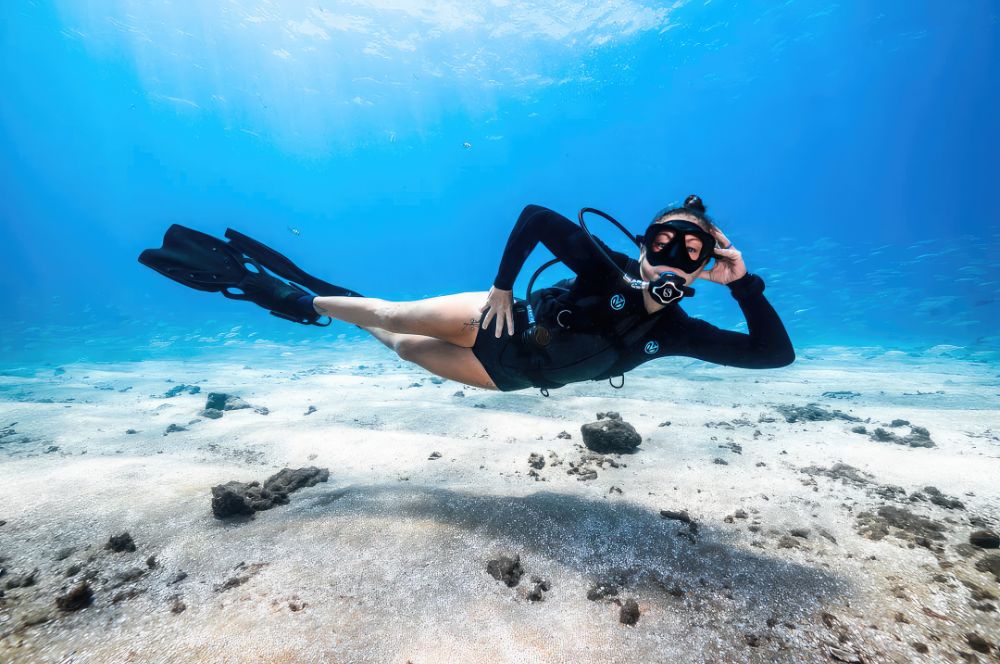
At its core, the Avelo System's buoyancy control is rooted in the laws of lightweight physiology and physics. In simple terms, it leverages the fundamental principles of science to deliver a safer and smoother diving experience.
Now, let's start with the fundamentals. The Avelo System operates on the principles of the ideal gas law, which establishes a connection between gas density, volume, mass, and pressure. If you've ever blown up a balloon, you've witnessed this law in action. When you inflate the balloon, increasing its volume, the balloon expands and becomes less dense until it reaches its maximum mass and feels taut due to the high internal pressure.
Underwater, the Avelo System employs a unique Hydrotank to apply this principle effectively. As you introduce water into the Hydrotank, the bladder inside compresses, resulting in increased gas density and pressure. This phenomenon beautifully demonstrates Boyle's law, which explains the inverse relationship between volume and pressure.
But what does this mean for your dive experience? By manipulating these variables, the Avelo System allows you to finely adjust your buoyancy in a controlled and gradual manner. It's like having a trusted companion constantly managing your buoyancy while you immerse yourself in the captivating underwater world.
Potential Malfunctions of the Avelo System
At the heart of the Avelo System lies the Hydrotank - a robust and reliable tank that meets the stringent standards of DOT, CE, and ISO. While highly unlikely, in the event of a slow water leak from the high-pressure hydraulic hose, the diver may experience a slight increase in buoyancy. In such cases, it is crucial to ascend gradually, maintaining controlled buoyancy. It is important to note that the Avelo System ensures gradual changes in buoyancy, providing ample time for assessment and response.
Now, let's delve into the bladder. These bladders exhibit remarkable durability, withstanding pressures of up to 1,300 bar and enduring 85,000 cycles of rigorous testing. It's important to note that in the unlikely event of a bladder failure, it does not pose an emergency situation. Unlike traditional scuba systems with torn bladders, a malfunctioning bladder in the Avelo System does not result in air escaping from the Hydrotank or uncontrollable descents. During product validation procedures, the Avelo experimental dive team intentionally punctured, ripped, and cut open the internal bladders. As a result, a small amount of air is transferred to the water side, while water is effectively kept out due to air pressure. Rest assured, all bladders in the Avelo System undergo regular inspections and testing, similar to standard scuba tanks, to ensure they remain in optimal condition.
When it comes to the pump and battery, they are responsible for powering the water flow into the Hydrotank. If the pump fails or the battery runs out, the system loses its ability to adjust buoyancy. However, the Avelo System is ingeniously designed to maintain stable neutral buoyancy even in such situations. If a pump or battery fails, abandon the dive, ascend, and perform a safety stop. After surfacing, the diver should empty their water ballast and exit.
Conclusion
The Avelo System revolutionizes scuba diving by seamlessly integrating science and technology. It embodies the principles of the ideal gas law and Boyle's law, ensuring a safer and smoother dive. At its core, the Hydrotank controls buoyancy, enhancing the manageability and enjoyment of your diving experience.
This system offers safety benefits, including reliable buoyancy control and precise estimation of remaining dive time through air-integration functionality. Each component, like the Hydrotank, bladder, pump, and battery, undergoes regular inspections to ensure top-notch condition.
In case of potential malfunctions, the Avelo System provides divers with ample time to assess and react, enhancing safety. It effectively addresses common issues found in traditional scuba systems, such as sudden buoyancy changes and uncontrolled descents.
The Avelo System provides a more controlled and secure underwater adventure than conventional scuba diving. Whether you're a seasoned diver or a beginner, considering the Avelo System for your next dive is definitely worthwhile. Experience the difference and elevate your underwater exploration with the Avelo System! Happy diving!
AVELO RELATED POSTS
-
Switch to Avelo | The Ideal Dive System…

Switch to Avelo | The…
Switch to Avelo: The Ideal Dive System for Every Kind of Diver As a scuba diving instructor, I'm always on […] -
The Avelo Scuba System is Much More…
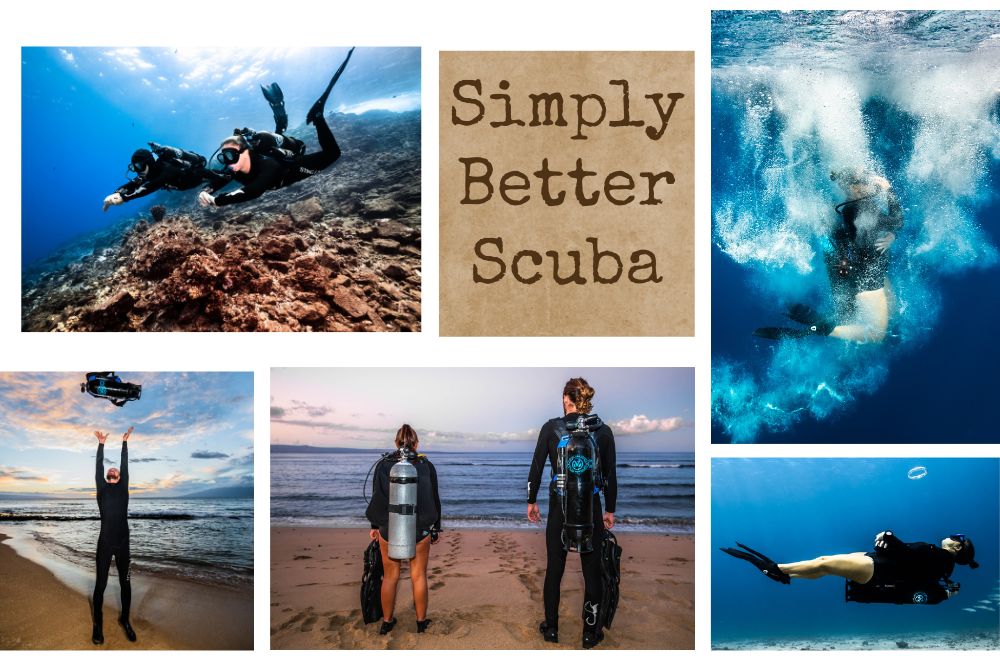
The Avelo Scuba System…
Simply Better Scuba: The Avelo Scuba System is Much More than a Light Weight Scuba System Amidst the rightful […] -
The Future of Diving | Embracing the…
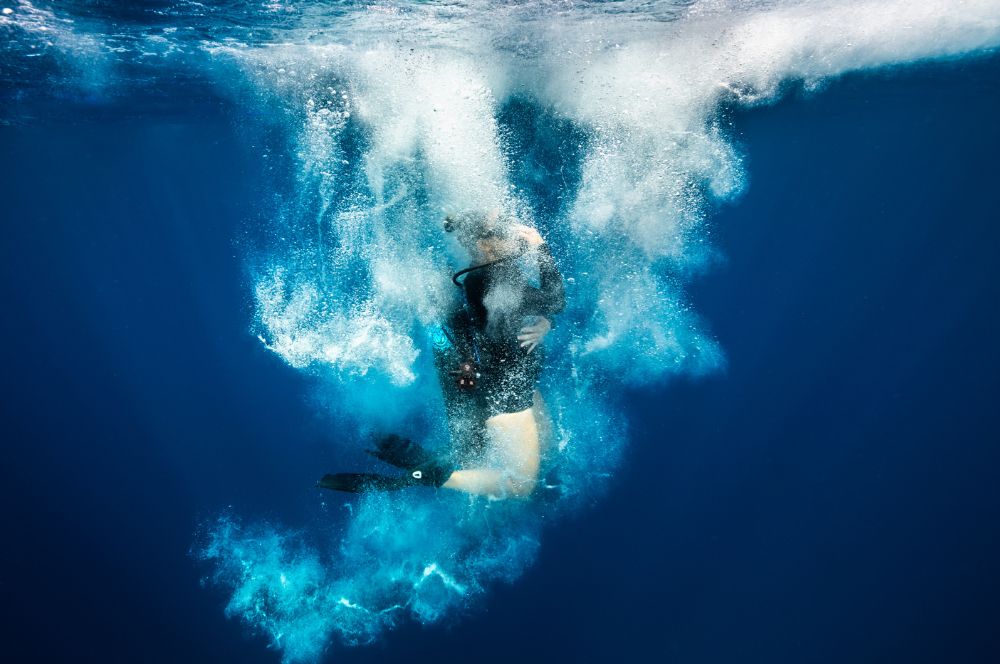
The Future of Diving…
The Future of Diving: Embracing the Avelo Dive System Dive computer manufacturers have been adding feature […] -
Embrace the Future of Diving: Top 5…
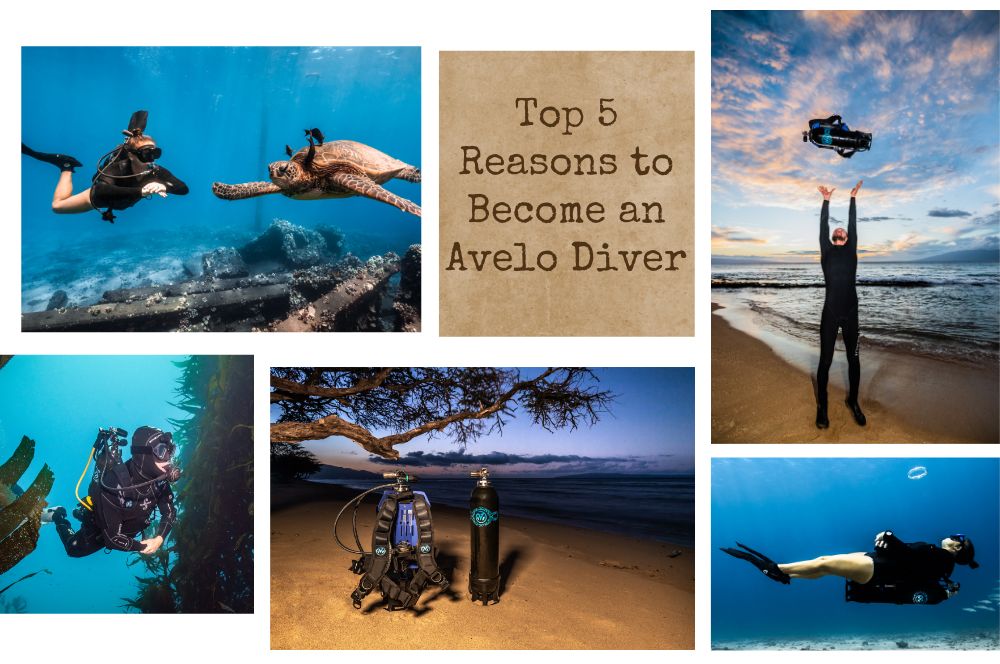
Embrace the Future…
Dive into the Future: Top 5 Reasons to Become an Avelo Diver Whether it's exploring a new dive site, trying […]
Recent Posts
